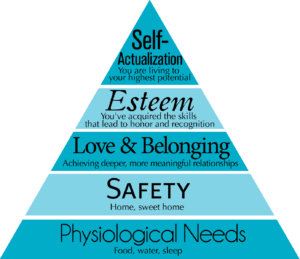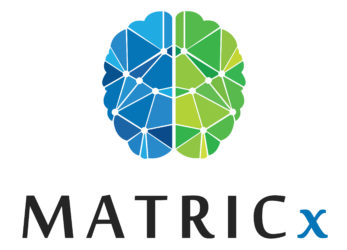Team Development with the MATRICx outputs. The MATRICx uses a series of questions about motivations and threats to collaboration commonly found in KPTs. These are documented in the literature and are common concerns among scientists, practitioners, scholars, and those typically involved in knowledge production. Research has shown that collaboration is qualitatively a different state than cooperation or coordination. This has important implications for the development and design of educational interventions that aim to ready scientists and clinicians for greater interdisciplinary and knowledge producing work. In addition, motivations for collaboration vary greatly between those with little to no experience with collaborative activity and those with some or much experience. Much of these findings would seem to represent major differences in the types of motivations different teams members possess based on experience and academic development. The usefulness of the MATRICx for any team wishing to understand differences in motivation between different team members and how these affect the team’s ability to act collaboratively is by providing a profile comparison between individuals and a means by which teams may be able to converse and explore the variety of needs found in team member. Such conversations are encouraged within several thematic domains related to the MATRICx items. These are provided below with recommendations for self-reflection and team forum exchanges.
The activities were designed utilizing Maslow’s Hierarchy of Needs framework shown in the diagram on the left. 
- Resource Acquisition Domain: Activities (PDF; opens in a new tab)
Click the image below to view the MATRICx activity map and get a sense of how all activities are organized.
